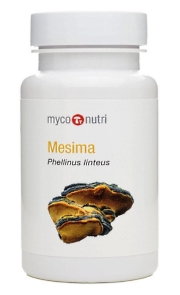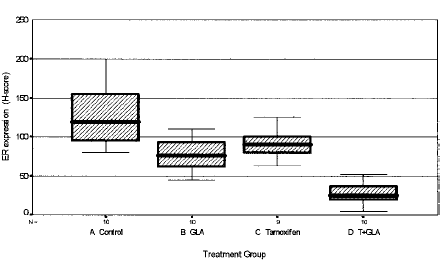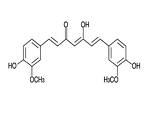|
Mushroom compound hispolon deactivates estradiol receptors
Phellinus linteus - a mushroom that according to traditional healers in Asia has a medicinal effect - contains the phenol hispolon. A Korean in-vitro study, published in 2015 in Biochemical and Biophysical Research Communications, also suggests that hispolon has an anti-oestrogenic effect. After reading this Korean study, we, the keen but ignorant compilers of this free webzine, developed a vague suspicion that this stuff may find its way into some obscure bodybuilding supplement.
Phellinus linteus
Traditional healers use extracts of Phellinus linteus - in Korea it's called Sanghwang - as a remedy for inflammations, gastrointestinal problems and various kinds of cancer. The same extracts are also found in supplements that are sold as immune-system boosters.

Study
The researchers exposed MCF7 and T47D cells to hispolon in test tubes. MCF-7 and T47D cells are human breast cancer cells that need estradiol to grow. The estradiol first has to attach itself to the estradiol-receptor-alpha. This receptor plays a key role in the most negative health effects of estradiol.
Results
Hispolon reduced the number of estradiol receptor alpha molecules in the cells. The higher the concentration of hispolon, the greater its effect. Hispolon inhibited the production of this type of receptor.

If an oestrogenic substance [such as estradiol] attaches itself to the estradiol receptor, it stimulates the cell via the oestrogen response element in the DNA to start up oestrogenic processes.
Hispolon weakens that signal, the Koreans discovered. The higher the concentration and the longer the exposure, the weaker the signal.

Conclusion
"Hispolon, derived from Phellinus linteus, is known for its anticancer properties, but the mechanism underlying this activity is not understood," the Koreans concluded. "Here, we examined the effects of Hispolon on the expression of ER-alpha and growth of the ER-positive human breast cancer cell lines, MCF-7 and T47D."
"Consistent with Hispolon inhibition of estrogen-response element-dependent transcriptional activity in ER-positive human breast cancer cells, Hispolon showed anticancer activity in these cells."
"We further found that Hispolon reduced the expression of ER-alpha at mRNA as well as protein levels. Hispolon-induced decreases in ER-alpha protein levels led to repression of ER-alpha transcriptional activity, which resulted in a significant reduction in the expression of the ER-responsive gene pS2d - the main gene presenting in ER-expressing breast cancer tissues and an important prognostic indicator."
"Although further in vivo studies are needed to establish the potential of Hispolon as an anticancer drug for treatment of breast cancer, our results taken together suggest that Hispolon is an effective inhibitor of breast cancer development in ER-positive human breast cancer cells."
Source:
Biochem Biophys Res Commun. 2015 Aug 7;463(4):917-22.
More:
Oleocanthal, the anti-oestrogen in olive oil 12.10.2017
Physical activity lowers oestrogen levels 25.12.2015
Hot flushes from tamoxifen? Guarana helps 01.12.2015
Archives:
Anti-Oestrogenic Compounds
Mushrooms
|
|








